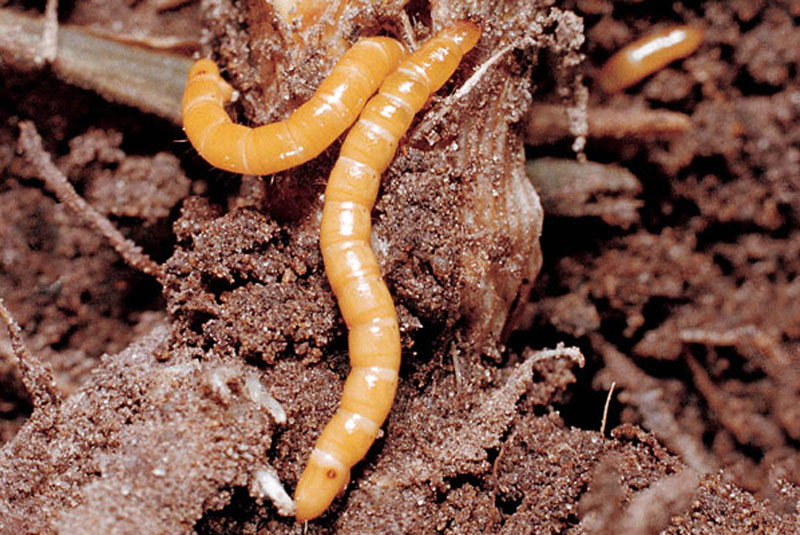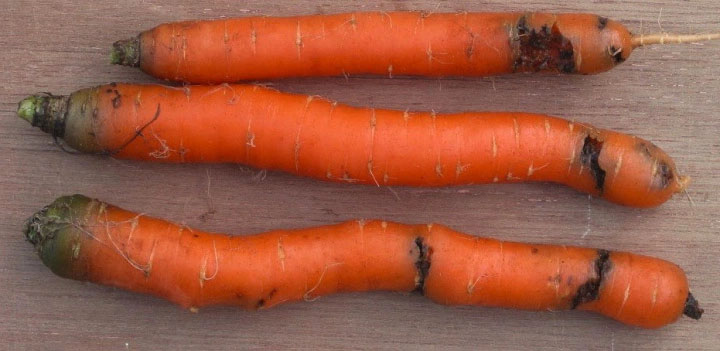How to grow carrots in your garden
Want to know how to grow carrots? Scientific name of carrots: Daucus carota, οικ. Umbelliferae. Description of the carrot plant The carrot originated in Asia but is nowadays cultivated all over the world. The carrot is an edible species grown as a vegetable and belongs to the family Apiaceae or Umbelliferae ( Carrot or Parsley […]
How to grow carrots in your garden Read More »







